|
With help from a grant from the Mississippi River Network, LWV UMRR and artist Christine Curry will be showing up at venues up and down the river with this display. Come and see it when it's in your area! Here's a partial list - sign up to get updates as we travel! Friday, April 12-20: Pure Iowa Water—Pop Art Exhibit Opening Reception Friday, April 12 from 2 to 4 p.m. at the Galena Public Library, Galena, Illinois. Exhibit remains on display until April 20th. For more details, click here. Monday, April 22-23: Pure Iowa Water—Pop Art Exhibit will be at the Musser Public Library in Muscatine, Iowa with a special Earth Day program starting at 6 p.m., Monday, April 22nd. For more details, click here. Wednesday, April 24-25: Pure Iowa Water—Pop Art Exhibit will be at the Environmental Learning Center in Muscatine, Iowa, with a special presentation at Thursday, April 25th at 10 a.m. For more details, click here. Many more dates to come, from St. Paul to St. Louis! Sign up to get updates and come see the exhibit when it comes to a river town near you! ILLINOIS, WE HAVE A PROBLEM! Of the streams that Illinois EPA has assessed for water quality conditions from 2020–2022:
This campaign that aims to change the way Illinois thinks about and cares for its water. Starting in southern Illinois and working their way north, PRN will support downstream communities by listening to their concerns and helping to identify and implement locally-informed solutions and financial resources. Through these efforts, PRN will support communities as they build climate resiliency and advance their vision for the future. Clean Water Forever starts with telling the truth about the water quality crisis in the Midwest and ends with finding long-term solutions to protect Illinois communities. Robert Hirschfeld is the Director of Water Policy for the Prairie Rivers Network. The Prairie Rivers Network is based in Champaign, Illinois.
Illinois’ communities, rivers, and habitat. He also works on many of PRN’s communications and social media campaigns, and he produces videos and podcasts. Background: Robert joined PRN in March 2011. Before joining the professional staff, Robert was a legal intern for PRN, working on Clean Water Act compliance and enforcement. Robert sometimes dabbles in music. Education: B.A. in religion and Asian studies from the University of Puget Sound and a J.D. from the University of Illinois College of Law About the Prairie Rivers Network:
The Prairie Rivers Network works to protect water, heal land and inspire change, using the creative power of science, law, and collective action. Prairie Rivers Network is the independent, state affiliate of the National Wildlife Federation. You can read the PRN 2020-2024 Strategic Plan for more information on their mission and vision for Illinois’ rivers and streams. Here are links to information about PRN's organization: MISSION & HISTORY ACCOMPLISHMENTS BOARD OF DIRECTORS STAFF
Our guest speaker was Rob Lee, staff attorney for Midwest Environmental Advocates (bio below). Rob provided a brief history of the Clean Water Act (CWA) prior to 2015 regulations defining Water of the US (WOTUS), and the 2020 Navigable Water Protection Rule. Then he'll talk about the May 2023 Supreme Court Ruling and the now revised regulations just issued by US EPA and the Corps of Engineers with a final revised definition of Waters of the US. Once Rob has set the stage, LWV UMRR's Gretchen Sabel will present information on the status of wetland regulation in the UMRR states based on a 2022 analysis by the Environmental Law Institute, followed by a look at LWV positions that relate to actions supporting strong implementation of the CWA. We'll round out the hour with discussion period led by LWV UMRR Chair Mary Ellen Miller. You'll find more information on the Sackett decision here and here on the LWV UMRR blog. Here's a link to an excelllent blog article by Jared Mott of the Izaak Walton League that also provides background.
The implications of this decision will vary by state, depending on how the state regulates ephemeral waters. (Ephemeral waters are waters that present in wet times but vanish in dry times. A permanent wetland can be isolated in dry times, but connected to a lake, river or stream in wet times.) The author of this blog post checked State Departments of Agriculture in the five states now part of the LWV UMRR family. Wisconsin, Illinois, Missouri and Minnesota had no mention of the Sackett decision as of May 29. Iowa Secretary of Agriculture Mike Naig, applauded the decision as bringing needed certainty to farmers. In states where state regulations do not prohibit removing isolated wetlands or preserving ephemeral watercourses, it's reasonable to think that there will be significant pressure to develop or farm in these areas. Even if something like this is allowed now, those who do the developing and farming will still face the reality that water 'seeks its own level', meaning that in large rainfall events or wet seasons these areas will again be inundated and the water will need to be dealt with. Where will this water go?
The Minnesota is degraded by excess nutrients and sediments that erode streambanks and bury aquatic habitat. The increased flow in the river due to the drainage of the extensive wetlands that covered the land before European settlement has caused significant damage to the river. Th is has led to the Minnesota being not only a major source of nutrient pollution to the Mississippi, but also being "a river where aquatic life struggles." Rivers and streams across the Midwest are similarly degraded. The Sackett decision can lead to more drainage and more development. This expansion will alter the hydrology, leading to two major concerning outcomes. One will be reducing the time that water has to sink into the soil and replenish groundwater; the other will be the direct discharge of more runoff to surface waters, making them hotter and dirtier. (Want to learn more about the role of groundwater in the hydrologic cycle? Read here.) Hotter and dirtier water will mean more struggles for aquatic life, and less 'fishable and swimmable' waters overall.
Now that the federal government has opened this door, it will be up to individuals, local governments and state leaders across the country to decide how protected our waters will be for the foreseeable future. The U.S. Supreme Court Court on May 25 significantly curtailed the power of the Environmental Protection Agency to regulate the nation's wetlands and waterways. It was the court's second decision in a year limiting the ability of the agency to enact anti-pollution regulations and combat climate change. Reporting by Nina Totenberg of National Public Radio quotes President Biden as calling the decision "disappointing." It "upends the legal framework that has protected America's waters for decades," he said. "It also defies the science that confirms the critical role of wetlands in safeguarding our nation's streams, rivers, and lakes from chemicals and pollutants that harm the health and wellbeing of children, families, and communities." Farmers and developers see it differently - this will enable them to use wetlands that were previously restricted. The National Association of State Departments of Agriculture reports in a May 25 email that this decision in Sackett v. EPA clarifies states’ authority and brings hope of regulatory certainty for farmers. NASDA CEO Ted McKinley says "The Supreme Court’s unanimous decision in Sackett v. EPA today comes as welcome news to farmers, landowners and state departments of agriculture who sought clarity on what has been an over-litigated issue for decades,” McKinney said. “We take relief in this decision as the justices clearly state the ‘significant nexus theory is particularly implausible’ and the EPA has no statutory basis to impose the standard.” The Des Moines Register in an May 25 article reports on the split decision:
In a May 25 press release, EPA Administrator Michael S. Regan issued the following statement: “As a public health agency, EPA is committed to ensuring that all people, regardless of race, the money in their pocket, or community they live in, have access to clean, safe water. We will never waver from that responsibility. I am disappointed by today’s Supreme Court decision that erodes longstanding clean water protections. The Biden-Harris Administration has worked to establish a durable definition of ‘waters of the United States’ that safeguards our nation’s waters, strengthens economic opportunity, and protects people’s health while providing the clarity and certainty that farmers, ranchers, and landowners deserve. These goals will continue to guide the agency forward as we carefully review the Supreme Court decision and consider next steps. In 1972, an overwhelming bipartisan majority in Congress passed the Clean Water Act, giving EPA and Army Corp implementation responsibilities. In doing so, our leaders recognized that protecting our nation’s waters is vital to ensuring a thriving economy and agricultural sector, to sustaining diverse ecosystems, and to protecting the water our children drink. Over the past 50 years, we have made transformational progress — rivers that were once on fire have been restored and now sustain vibrant communities in every corner of the country. A common sense and science-based definition of ‘waters of the United States’ is essential to building on that progress and fulfilling our responsibility to preserve our nation’s waters — now and for future generations.” This interpretation is another volley in the game of political football that the Clean Water Rule has become. Previous reporting on the LWV UMRR Blog:
Our speakers are ardent and knowledgeable people who know hydrology and are passionate about the rugged terrain and wild waters of the Driftless area. The video starts with the basics - how groundwater works, interconnections to surface water, land use impacts and drinking water impairment. Jeff Broberg led us through this with humor and grace. Jeff's home in rural Winona doesn't have a safe water supply, so he has a personal stake in the water quality of the area. Next our speakers addressed two examples of watersheds - one in Minnesota and one in Iowa. The WinLac watershed in Minnesota surrounds the cities of Winona and La Crescent, along the Mississippi. The uplands of this watershed are in the Karst bluffs and land use has heavily impacted drinking water quality. Paul Wotzka described the impacts we see in this small watershed, including the impacts of row crop and animal agriculture. When land use changes, water quality improves. How does that work? Paul explained how his land practices have improved the water at his home. The second watershed we looked at is Bloody Run in northeastern Iowa - read more about Bloody Run at this link. Larry Stone is part of the Save Bloody Run movement, and he provided an update on where this case is in the courts and on the ground. The webinar wrapped up with a lively question and answer session led by LWV UMRR Chair Mary Ellen Miller. Many thanks to our speakers for this excellent program!
There's a whole more ways that water moves in products. Bottled beverages, dairy products, agricultural products and much more. In November, CNN posted an article on how groundwater in Arizona (yes, super-dry Arizona) is being used to grow alfalfa that is shipped to Saudi Arabia (where the use of groundwater for agricultural products has been prohibited) to feed cattle for Saudi dairy products.
Dropping groundwater levels are not just a problem of water supply for residents; cities are impacted, too, threatening the water supply of thousands. And when aquifers drop, the ground surface compacts, resulting in land subsidence. And changes in land use have resulted in other problems; the CNN article documents floods of silt that have impacted local homes due to changes in runoff patterns.
Arizona passed a law back in 1980, the Arizona Groundwater Protection Act, that established "Active Management Areas" around Phoenix, Tucson and other high-growth areas, but does not address agricultural use of groundwater. (This article on the Arizona Municipal Water Users Association blog describe the Act and provides background on why it was passed.) Foreign interests are exploiting the lack of protection for the resource and are 'mining' the resource to move groundwater, as products, from this very thirsty region.
We should take time to think about this... it's easier to feel outrage about Arizona water feeding Saudi cows than it is about Midwestern schoolkids eating Arizona citrus. But we are all part of the problem... and we all need to be part of developing and implementing smart laws and effective protection measures to protect our water resources.
There's a lot of water in Minnesota. With extensive resources of both groundwater and surface water, this is becoming a draw for water-intensive industries. The current proposal that's in the news is a water bottling plant that is proposing to use municipal water from the City of Elko New Market (locals call it ENM). The company proposing the plant is California-based Niagara Bottling.
This plant would be located in a newly-approved industrial park being built along Interstate 35 in Scott County, on the south edge of the Twin Cities Metro area. The City of ENM draws it's water from wells finished in the Jordan Aquifer, a major water supply aquifer for many other cities in the area. Springs from this aquifer form the headwaters of the near-by Vermillion River, a tributary to the Mississippi. Residents have raised concerns about the project, citing noise, traffic and well interference. They are fighting the project through social media, demonstrations and advocacy in various ways. This blog post will focus on the issues of water use increase and water export, not the other local issues of concern. The City of ENM held a public meeting on the project - there were so many testifiers at the meeting that it was held over from December 15 to December 20. This story on KARE11 provides a good update on this process. Here's the link to view the recorded City Council meetings that include these hearings. Water appropriations in Minnesota are regulated by the Minnesota Department of Natural Resources,this page on the DNR website provides statutory reference and information on how it works. In this case, expansion of the amount allowed to be withdrawn from the Jordan by the City of ENM requires modification of the city's appropriation permit. DNR staff has confirmed that DNR has received a permit amendment request from the City, and advised the City that they must first update their Water Supply Plan if they want to increase water usage related to a bottling plant. This plan will identify what measures will be implemented in case of a water crisis in order to maintain aquifer levels, and reduce potential well interference and water use conflicts. Once the Water Supply Plan is updated, DNR and the Metropolitan Council (a coordinative body of government responsible for planning in the Twin Cities) will evaluate the plan for sustainability and environmental impacts. If the proposed project does not meet state sustainability standards, DNR will not authorize the increase in water appropriation. Conversely, if the proposal meets the standards, the expansion of the city's appropriation permit will be allowed. The author of this post has requested more information on what standards DNR will specifically apply, but no answer was received as of noon on December 19. The concerned citizens in ENM also have filed a request for specific environmental review of the project. They filed a petition with the Minnesota Environmental Quality Board with 400 signatures requesting that an Environmental Review Worksheet for the project. The EQB approved the petition and assigned the EAW preparation to DNR; this will move forward in a separate process. This type of project has been seen elsewhere, where water-intensive industries plan to use municipal water supplies to supply water for their projects. Niagara will be opening a new plant in Baltimore County, Maryland in the spring of 2023. The city's 'robust water supply' was listed as a reason this location was chosen - read more here in an April 2022 press release from the Governor of Maryland. Niagara had also proposed a similar plant in Eau Claire, Wisconsin, which fell through earlier this year amid local opposition. Here's a link to a Wisconsin Public Radio story on the project. There, Niagara pulled the proposal before the Eau Claire City Council could vote, but WQOQ News 18 reports the plans could be resubmitted. The interstate transfer of water, and inter-basin transfer of water, is an area that needs more policy work. One example is a project where a Rural Water system in northwestern Iowa draws water that's 'sold' to users in the surrounding four-state area. This article in the Iowa Capitol Dispatch shows the impacts that water withdrawals have had on the Ocheyedan River, which has now run dry four out of the last seven years. The water is being pumped from shallow aquifers by the Osceola County Rural Water System, which sells water to the Lincoln-Pipestone Rural Water system used largely by southwestern Minnesotans. (This is not the only source of water used by Lincoln-Pipestone.) According to the Iowa Capitol Dispatch article, the Osceola County Rural Water System has a deadline of March 31, 2023, to submit a plan to potentially reduce its pumping rates when river levels are low. If it doesn’t, “the DNR may unilaterally proceed with other actions to protect the use of the water supply,” according to the letter the department sent to the utility in November. We will continue to report on progress of this project on this blog. Here's a link to a recent on-line news report about the controversy. This news story on the local Twin Cities Fox affiliate provides a video: We are in the age of plastics... and plastic waste is burying us. What can be done about plastics? Many states and countries are requiring Extended Producer Responsibility for packaging. Would this be an effective approach in Minnesota as well? What are the hallmarks of an effective EPR program?
Rep. Sydney Jordan has a strong, effective EPR for Packaging bill (HF4132) and will be reintroducing it in the Minnesota Legislature again next session. There is also a federal bill - the Break Free from Plastic Pollution Act: https://www.congress.gov/bill/117th-congress/senate-bill/984, If you'd like more information, please reach out to Jennifer Congdon, Beyond Plastics; or Lori Olinger with Sierra Club Northstar Chapter. Following is the checklist of ten essential elements for an effective EPR program.
Membership in the Climate Interest Group is open to all LWV members. The CIG has ten teams that are organized around ten topic areas - you can link to these teams from the CIG website. The teams meet monthly by Zoom, sharing information on research and events linked to their topic. LWV UMRR would welcome members from these groups providing updates on these meetings to UMRR so that we can all benefit from the work of the CIG. If you are interested in being a link between UMRR and these groups, please email us at [email protected]. Thanks!
|
| LWV Upper Mississippi River Region | UMRR blog |
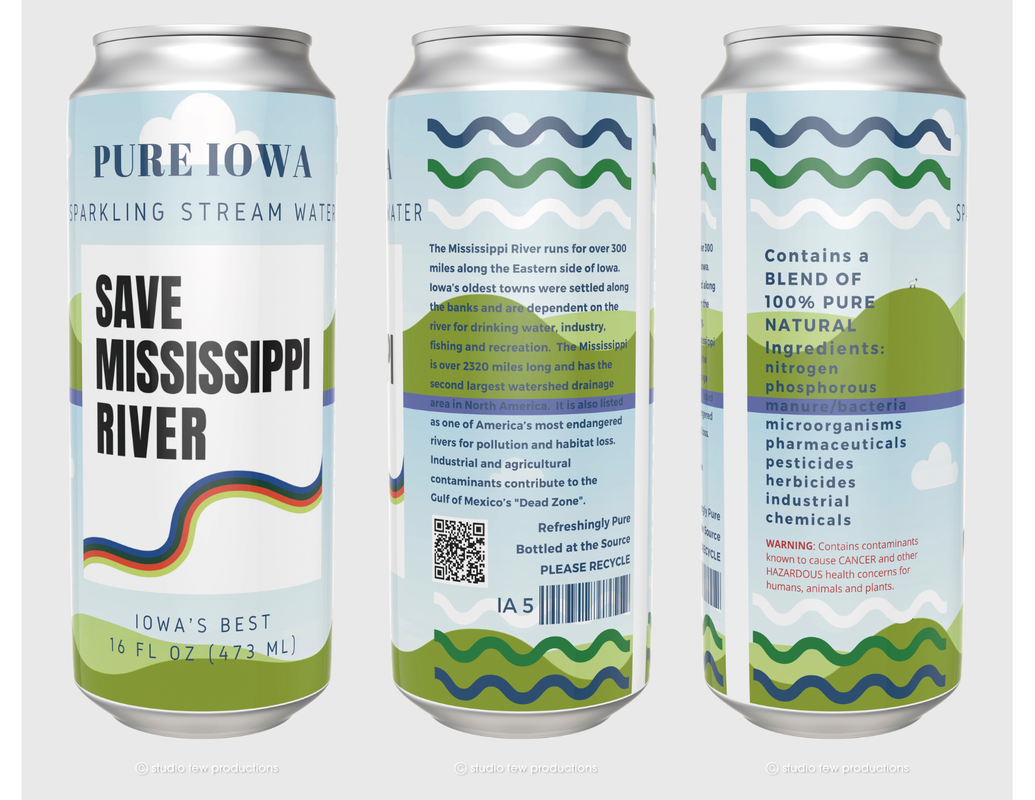


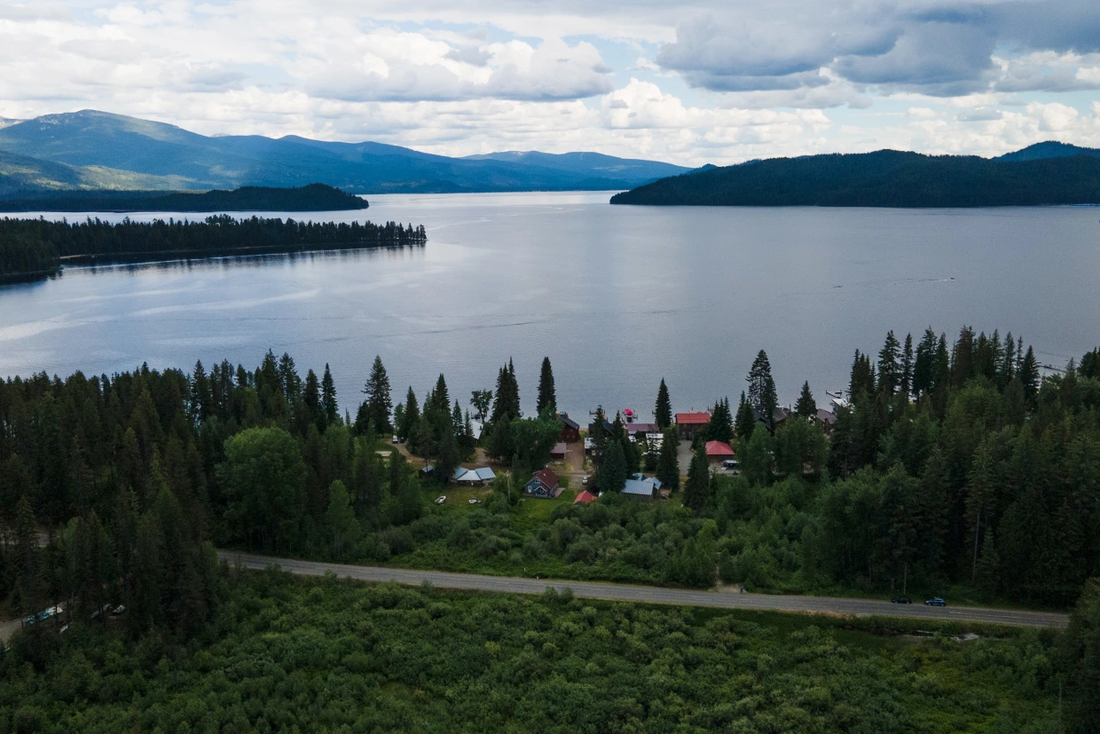
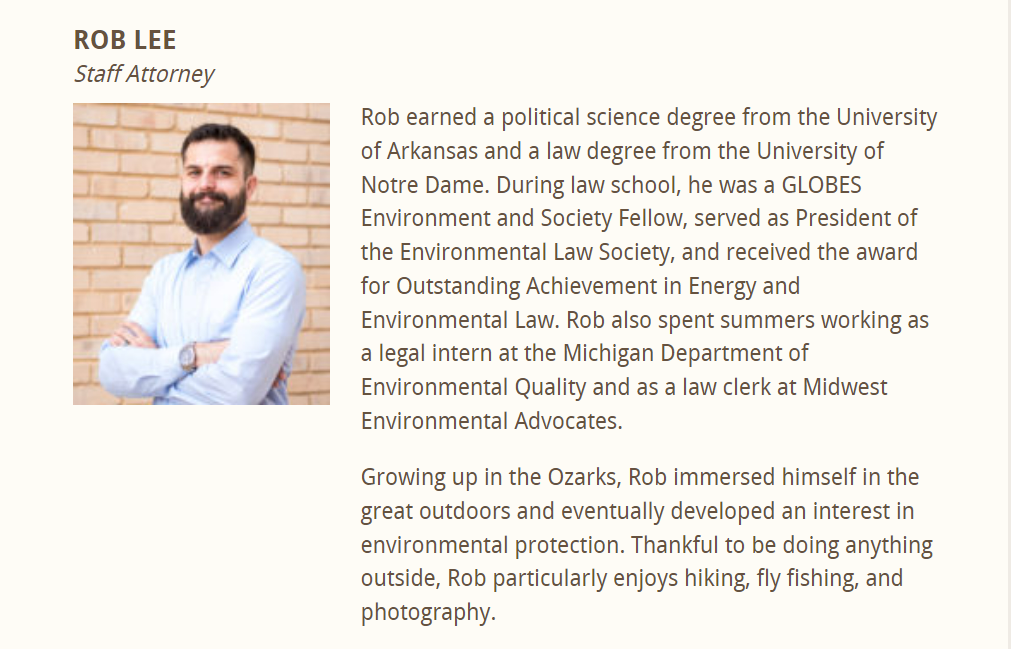
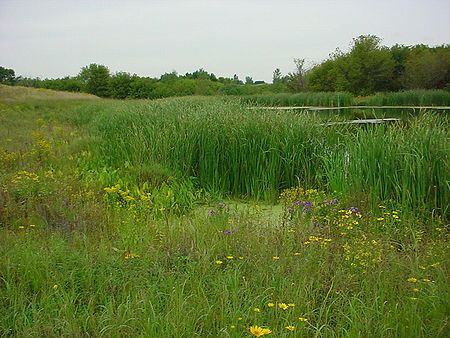
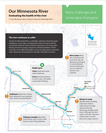
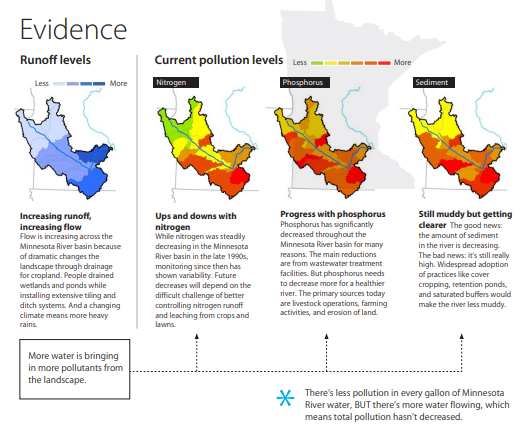
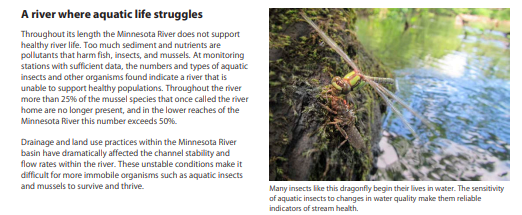
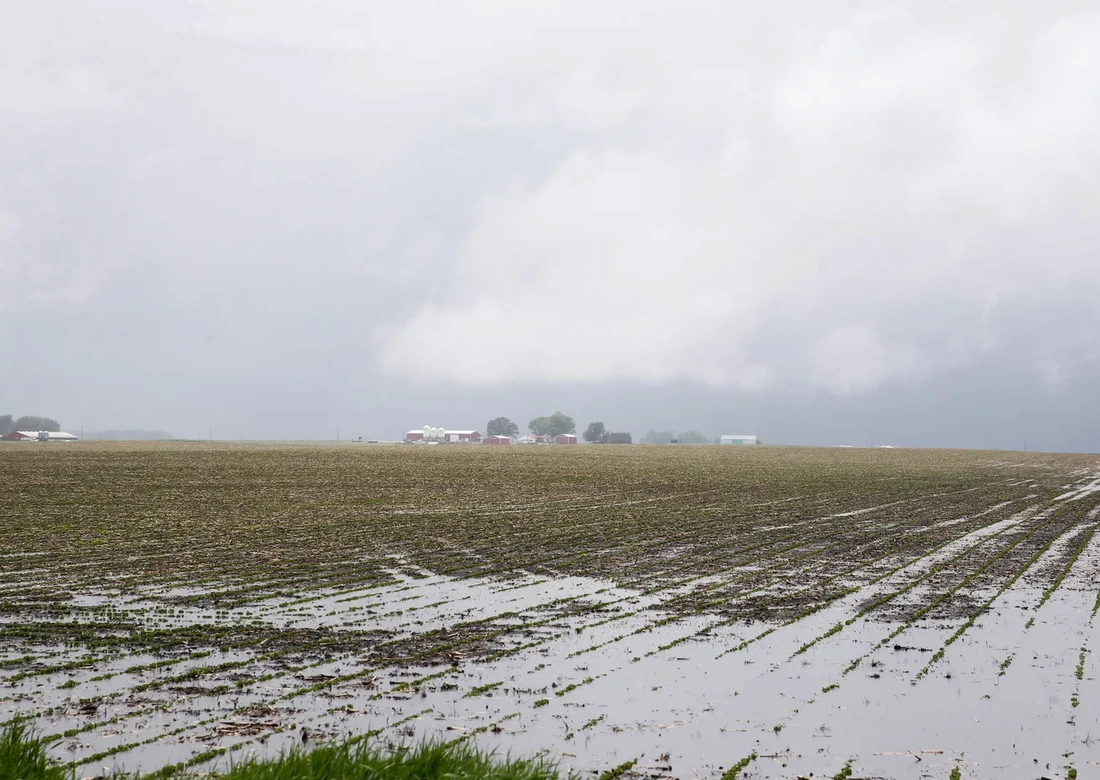
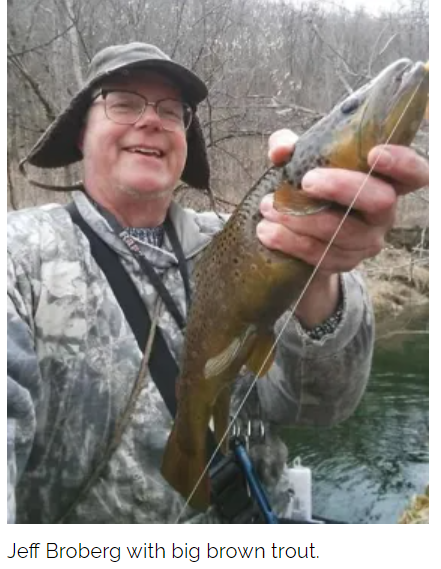
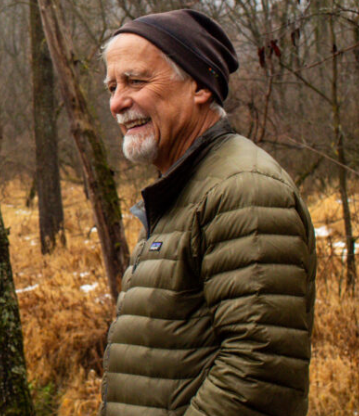
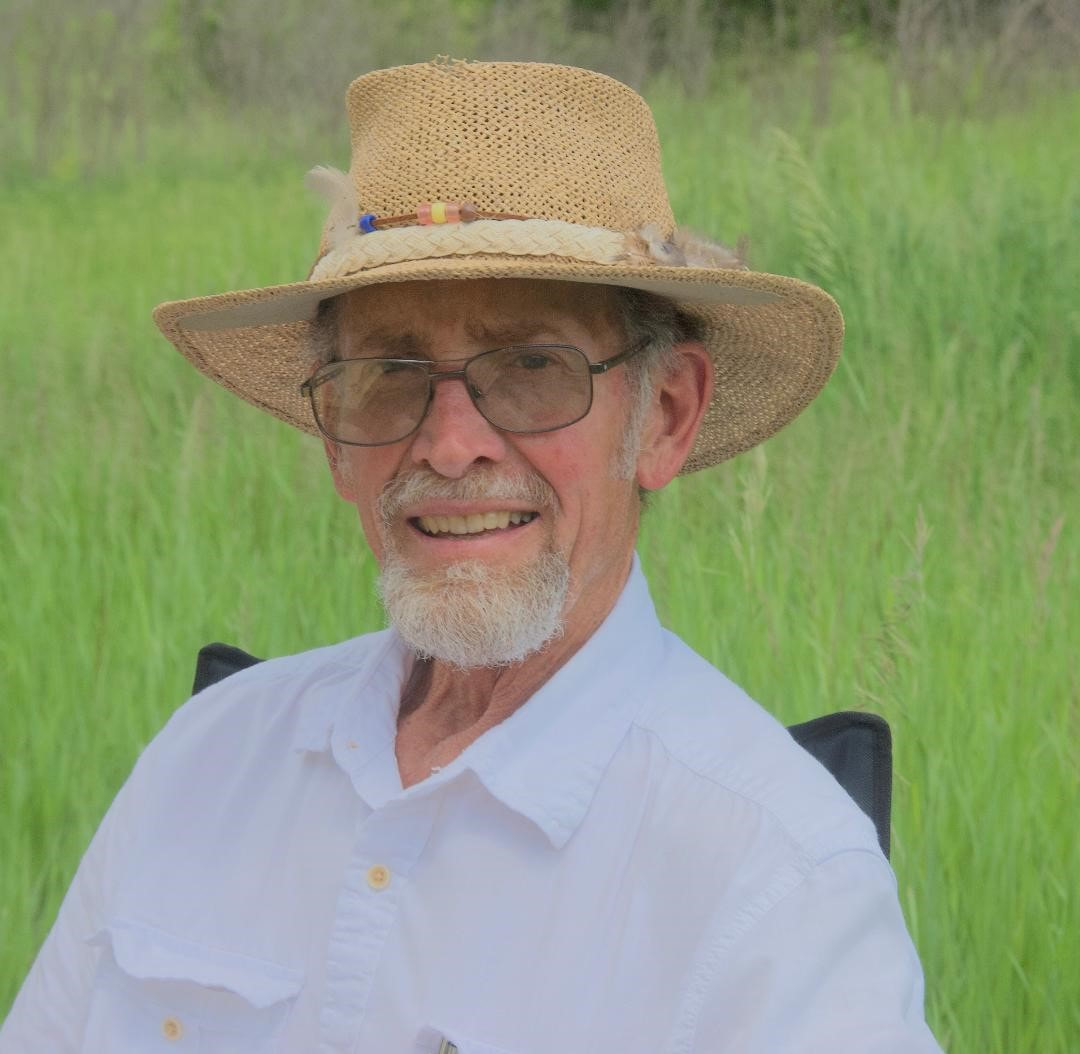
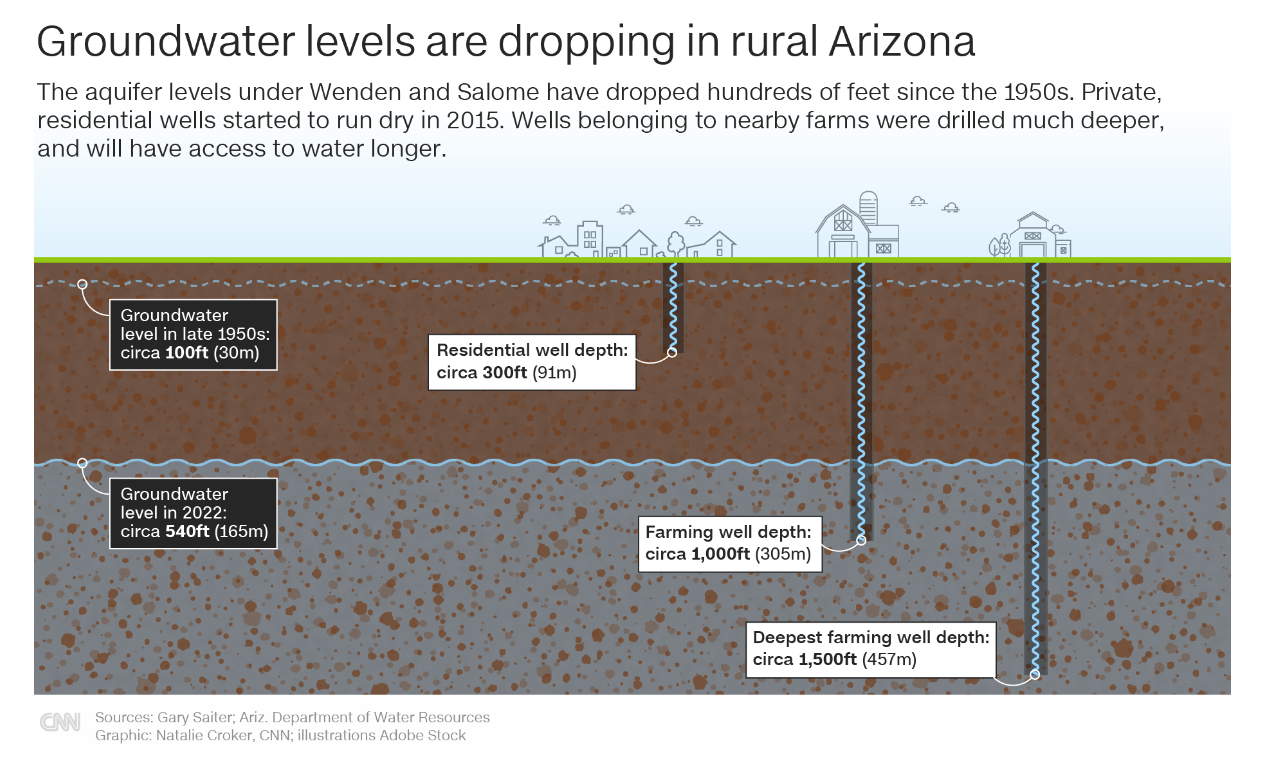
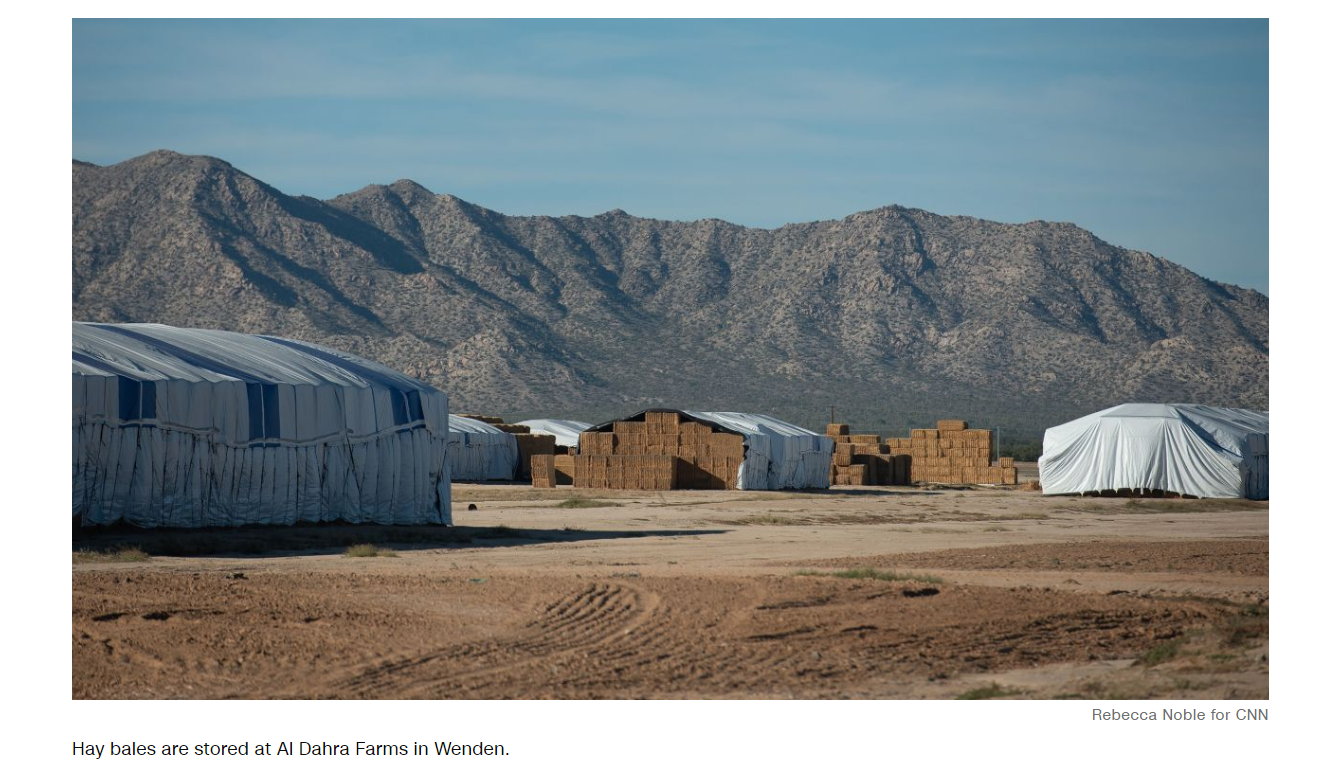
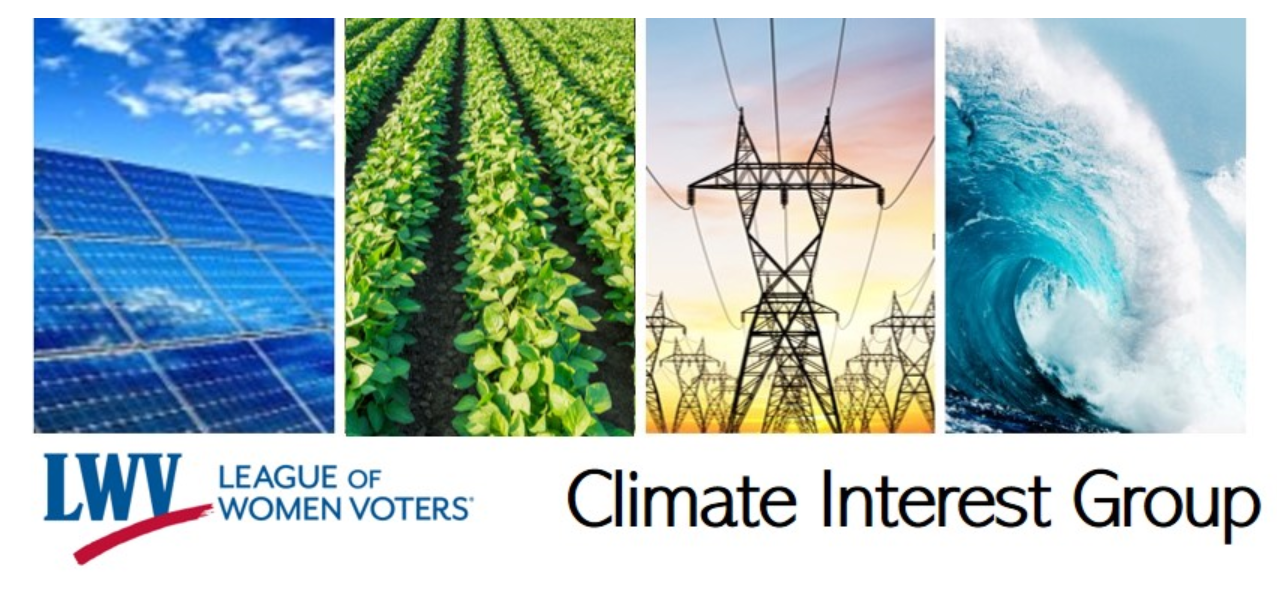
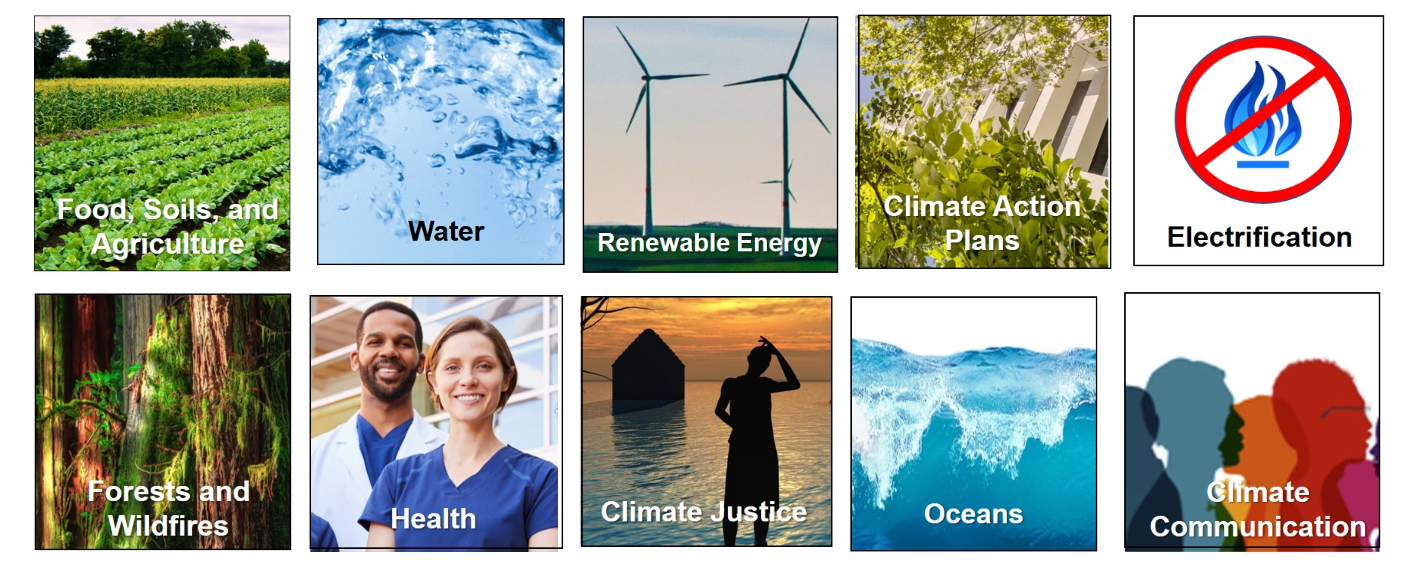
 RSS Feed
RSS Feed